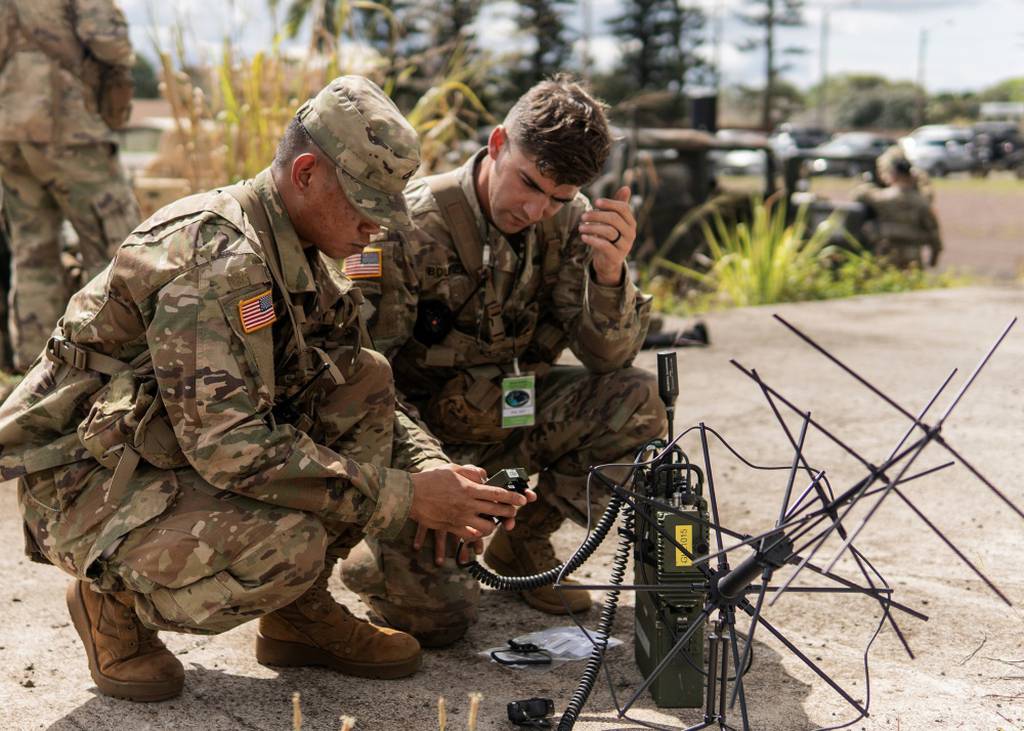WASHINGTON — The U.S. Space Force is moving forward with plans to buy two more Mobile User Objective System satellites, which provide secure narrowband communication for military users.
A March 24 solicitation kicks off the first phase of the effort, which is focused on early design and risk reduction work. The service plans to award a 12-to-18-month contract to as many as two companies in September. By fiscal year 2025, the Space Force will select a single company to deliver the satellites, the first of which it wants to launch before the end of FY30.
The satellites will join an active constellation of four MUOS spacecraft, plus one orbiting spare, all built by Lockheed Martin. The narrowband communication satellites operate in a frequency range — 300MHz to 3GHz — that makes them less vulnerable to poor weather or difficult terrain and is ideal for transferring information securely.
The Space Force projects it will need $2.5 billion for the program between FY24 and FY28, including $230 million next year.
The acquisition is meant to extend the life of the constellation until the service crafts a longer term plan for narrowband communications, which could include integrating commercial satellites. Space Force officials have said the additional satellites will bring resiliency to the MUOS program and keep the spacecraft flying into the 2030s. The solicitation doesn’t offer details on what new capabilities they’ll carry.
MUOS satellites were built to replace the Ultra High Frequency Follow-on system, known as UFO. They feature two payloads — one to maintain the legacy UHF network and a second that provides a new Wideband Code Division Multiple Access capability. The system is designed to provide 10 times the capacity of its predecessor.
Along with Lockheed, potential bidders include Northrop Grumman and Boeing. The three companies participated in a series of studies initiated by the Navy and continued by the Space Force that considered options for keeping the system active.
Courtney Albon is C4ISRNET’s space and emerging technology reporter. She has covered the U.S. military since 2012, with a focus on the Air Force and Space Force. She has reported on some of the Defense Department’s most significant acquisition, budget and policy challenges.








